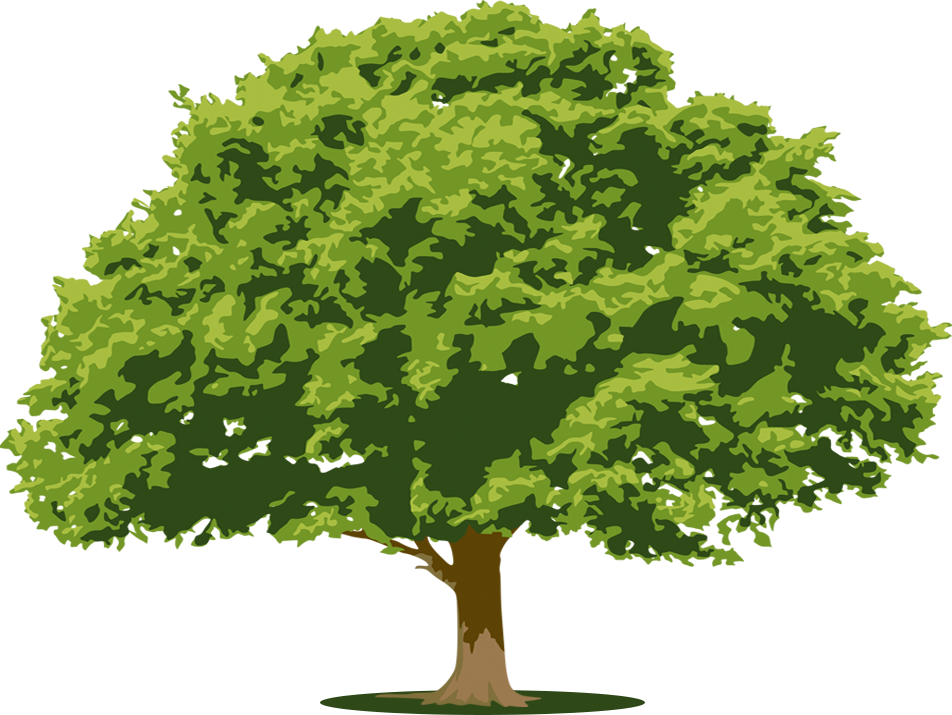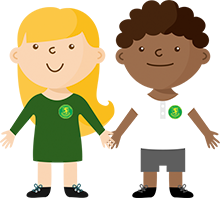Geography
Geography skills are taught through our topic curriculum, with each year group studying different aspects of geographical enquiry.' We study both Physical and Human Geography, contextualising this in Cowley and the City of Oxford where possible.
At the start of each year, children study the localities of Cowley and Oxford. In Year One, we might be looking at simple maps of the school grounds and simple grid references; in Year 4, we look at 4-digit grid references of the city and plot routes and distances; and in Year 6, we are using full-size Oxfordshire ordinance map and using a compass and 6 figure grid references.
In Human Geography, we'll conduct traffic surveys in Year 1, outside the school and in Year 4, we will conduct tourist surveys in Oxford City Centre. In Year 6, we're constructing graphs and creating our own surveys to understand how far tourists have come when visiting the Natural History Museum.
This builds over the topics and the year to look more closely at world mapping, weather systems and biomes in Physical Geography and deeper concepts around Human Geography and patterns of immigration and migration, human causes of disasters, their effects and impacts of human behaviours on the earth and the atmosphere.
Our Curriculum Workbooks
We have developed our own schemes of study, a purposeful exploration of who we are and what we stand for. The curriculum lends heavily from our community, context and rich cultures. A sense of place within Cowley and Oxford but also from the diverse heritage of the pupils that learn here. Alongside our curriculum, we have developed our workbooks across Geography, History, RE and Science to ensure that there is the appropriate coverage, the standards are high and that every child, regardless of their prior experiences, has the same opportunity, understanding and contextual coverage for each topic. Click on one of the books to see a small snapshot of the coverage and content for learning in each year group.
Term 1
In the first term, children study their local environment, Oxford, and the university college their class is named after. They read and interpret maps with increasingly more complex grid references and perform geographical investigations in their local area.
Oxford-Topic (ID 1085)
-
Year 1: OxfordA study of Queens and St John's College; work on the Story Museum.
Year 1: Oxford
-
Year 2: OxfordA study of Worcester and Trinity Colleges; work on Oxford Castle and the Empress Matilda
Year 2: Oxford
-
Year 3: OxfordA study of Wolfson and Keble colleges, work on Blenheim Palace
Year 3: Oxford
-
Year 4: OxfordA study of Magdalen and Christchurch Colleges; work on the Oxford Museums
Year 4: Oxford
-
Year 5: OxfordA study of Pembroke and New Colleges; work on the Botanical Gardens
Year 5: Oxford
-
Year 6: OxfordA study of Brasenose and Lincoln Colleges; work on Darwin and the Origin of the Species
Year 6: Oxford
Term 3
In January, children look at Biomes - starting in their local area and spreading across the world to investigate, research and examine their biome's habitats and environments. They look at weather systems, biodiversity and threats to ecosystems due to human impact and pollution. They also study Human Geography in migration and the populations of people who live in these biomes.
Biomes-Topic (ID 1101)
-
Year 1: Our World - CowleyA study of Cowley, its industial past and how it has changed over the years
Year 1: Our World - Cowley
-
Year 2:The World's OceansA study of oceans around the world, focussing on life in the Great Barrier Reef
Year 2:The World's Oceans
-
Year 3: RiversA study of the different stages of rivers, from the source to the sea, examining how they affect life around the world
Year 3: Rivers
-
Year 4: Amazon RainforestA study of rainforests around the world, the water cycle and how deforestation of rainforests is affecting life across the world
Year 4: Amazon Rainforest
-
Year 5: Arctic and AntarcticA study of polar regions of the Earth, the life that is found there and how humans survive in these regions
Year 5: Arctic and Antarctic
-
Year 6: African SavanahA study of the climate and biodiversity of the savanah, looking at the people and animals who live there
Year 6: African Savanah
Term 6
In the final term, children examine natural disasters and how and why they happen and where they are most common in the world, from Earthquakes and volcanoes and the geographical mechanisms that cause droughts in Ancient Egypt, and the current climate emergency that faces our future. Children will investigate the processes and how humans stay safe in these disasters.
Disasters-in-Time-Topic (ID 1098)
-
Year 1: Disasters in TimeA study of Japan and its culture, physical and human geography; earthquakes: how and where they happen and how Japanese people deal with them.
Year 1: Disasters in Time
-
Year 2: Disasters in TimeA study of the Fire of London, examining the period, houses, emergency services and everyday life; Using primary sources to examin how the fire started and what happened in the fire
Year 2: Disasters in Time
-
Year 3: Disasters in TimeA study of Ancient Maya and Ancient Egypt, daily life and rituals; an examination of drought and how it affects people worldwide
Year 3: Disasters in Time
-
Year 4: Disasters in TimeA study of Ancient Greece and Rome, looking at their rituals and beliefs and how they influenced modern society. A study of volcanoes and how they happen
Year 4: Disasters in Time
-
Year 5: Disasters in TimeA study of future civilisations, from Utopian and Distopian futures, examining evidence to suggest what the future could be like, examining the evidence of climate change
Year 5: Disasters in Time
-
Year 6: Disasters in TimeA study of the First World War, how it happened, who was involved and what happened during the war.
Year 6: Disasters in Time
To find out about terms two, four and five, click on the History link.


